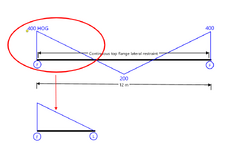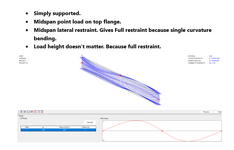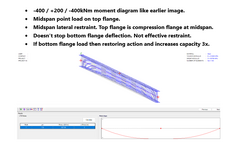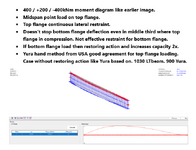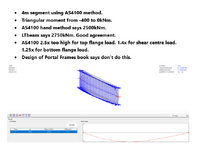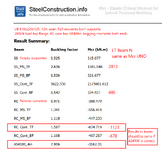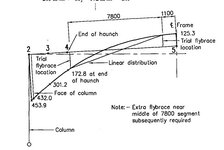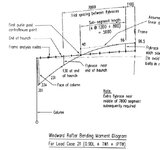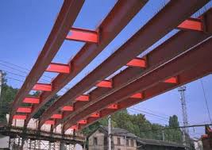Hi,
I'm posing this question, as it seems that Tekla Structural Designer is using the maximum moment when checking the LTB of the bottom flange, for a fixed ended beam, this max moment in the section can be a sagging moment (i.e. bottom flange in tension), if it has the greater magnitude.
I would have thought the logical moment to use for checking LTB of the bottom flange is the hogging moment, where the bottom flange is in compression. There is a tekla support article (which can be found by googling my thread title), that references "Annex G for BS 5950 and Section 6.3.2.4 of EN 1993", but I'd like to know why the max moment is used regardless of which flange is in tension/compression and not just "this is the code".
Can anyone explain the reasoning behind this?
Thank you
I'm posing this question, as it seems that Tekla Structural Designer is using the maximum moment when checking the LTB of the bottom flange, for a fixed ended beam, this max moment in the section can be a sagging moment (i.e. bottom flange in tension), if it has the greater magnitude.
I would have thought the logical moment to use for checking LTB of the bottom flange is the hogging moment, where the bottom flange is in compression. There is a tekla support article (which can be found by googling my thread title), that references "Annex G for BS 5950 and Section 6.3.2.4 of EN 1993", but I'd like to know why the max moment is used regardless of which flange is in tension/compression and not just "this is the code".
Can anyone explain the reasoning behind this?
Thank you

